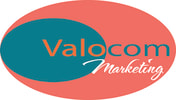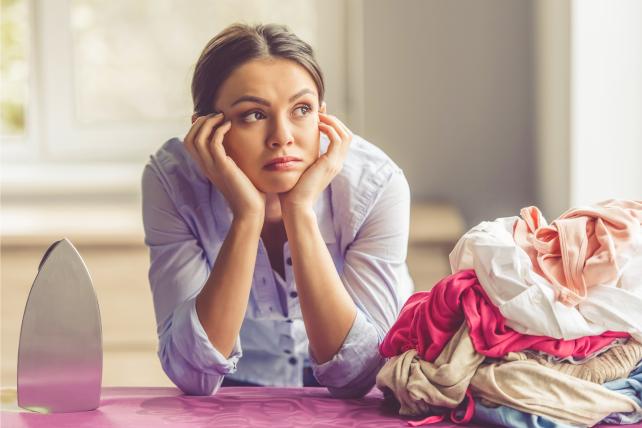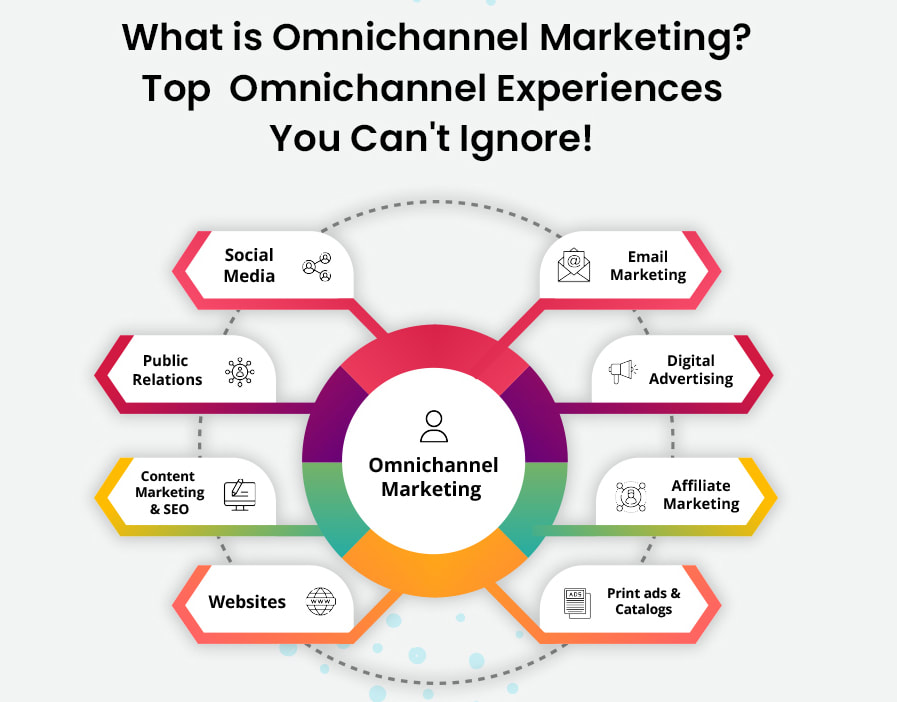|
The consensus is clear: Gender equality in ads is a good thing, stereotyping is a bad thing—and Advertising Week has a lot of panels on the subject. Most industry conferences have panels on it. The Association of National Advertisers even took on the issue in a big way with its #SeeHer initiative last year to eliminate bias in ads and media. So, what's changed? Not a damn thing, according to the Geena Davis Institute on Gender in Media, which uses its artificial intelligence system GDIQ to scan thousands of commercials and entertainment for the number and quality of female and male roles. "Essentially there's been no change from 2006 to 2017," says Madeline Di Nonno, CEO of the institute, during the panel, "The Truth About Gender Bias in Ads in 2017." In some ways, things are getting worse, the institute found. Men's roles, besides being more numerous and prominent, are increasingly likely to be funny, it says, while women are still largely in the kitchen. Further, only one in five are portrayed as having jobs, and they usually speak simple sentences and monosyllabic words. Plus, "women are getting younger, and they're getting dumber," in commercials and entertainment, Di Nonno says. Danone, represented on the panel by Jeffrey Rothman, vp of marketing strategy and innovation, is instituting its version of the NFL's "Rooney Rule" for coaching vacancies, he said, by requiring a female candidate be considered for every directing job. "SeeHer is the back end of measurement. What hasn't changed is the front end of changing the numbers and representation of female directors and producers and executives in the entertainment industry," panelist Debra Bass, president, global marketing services of Johnson & Johnson, said in an interview after the session. "Until the industry changes systemically, these numbers aren't going to change." J&J is pushing agencies to put more women in executive roles, and she applauded BBDO's recent appointment of Kirsten Flanik to CEO of its New York office. Bass, who presented alongside J. Walter Thompson CEO Lynn Power, said media shop J3 and other J&J shops have mainly female executives on its business. "We've shifted dollars" to programs with better gender-equity scores, Bass said, and they recently added the ANA's Gender Equity Measure to how it vets ads. J&J marketers aren't yet evaluated based on GEM scores, but that could be coming. In the meantime, the facts seem to speak for themselves. "Men are 89 percent more likely than women to be shown as smart" in entertainment and commercisals, Di Nonno says, which is actually up from 62 percent only a year ago. "This is despite the fact that we know women get 57 percent of bachelor's degrees." Article written by Jack Neff, AdWeek editor at large
0 Comments
 Tony Robbins Breaks Down the 10-Minute Exercise He Does Every Morning to Have More Energy It's called "priming." If you want to start your day the same way Tony Robbins does, you only need to set aside 10 minutes. Start your day doing these four things: 1) Perform breathing exercises 2) Express gratitude 3) Experience connection 4) Visualize success |
Julia AbbottValocom-Marketing Principle Consultant, creative strategist, idea gal, cultural arbitrator and curator. Categories |



 RSS Feed
RSS Feed